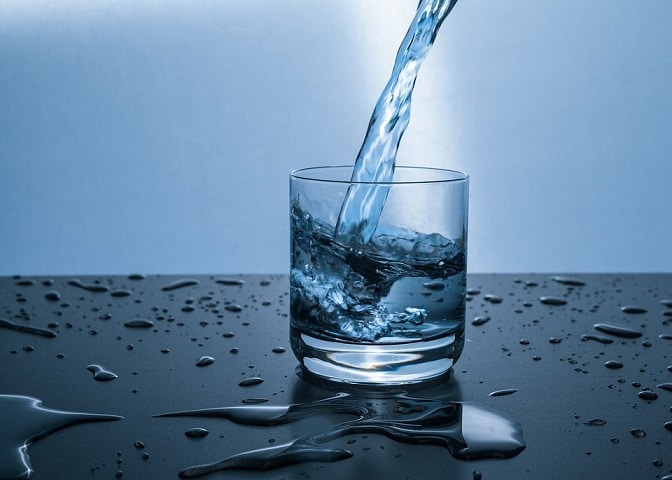Water stress occurs when individuals do not have access to fresh water for drinking, hygienic or domestic use for a specific period of time. Water stress could lead to a decline in quality or even complete depletion of the available water resources.
In excess of 1.1 billion individuals in developing countries are water-stressed, and more than 700 million people in 43 countries are seriously water-stressed. China, India and Sub-Saharan Africa are the most water-stressed countries in the world.
Water stress can occur as a result of:
- Climate Change: Climate change results in lakes shrinking, streams and rivers flowing slower and glaciers receding, thereby depleting the available fresh drinking water.
- Over-Population: According to a report in the Journal of Climate, water stress is caused by water shortages resulting from growth in population
- Ineffectual Management: When water sources have not been effectively managed and over-utilised without sufficient time in-between for them to recharge, it can result in water stress.
Water scarcity involves water shortage or deficits, water crisis, and water stress, and occurs when the annual water supplies in an area drop below 1,000 cubic metres per person; “absolute water scarcity” is when there is less than 500 cubic metres per person.
According to the United Nations (UN) Factsheet on Water Security, water scarcity is both a human-made and a natural phenomenon. The truth is that there are more than enough water resources on earth to service seven billion people, but it is distributed unevenly and humans pollute it, waste it, and fail to manage it sustainably.
Water scarcity can be either:
- Physical Water Scarcity, which occurs chiefly in arid regions where there is insufficient water to meet the demands, or where, although there is an abundance of water, resources are over-committed. This can happen as a result of hydraulic infrastructure or irrigation, which can lead to and degradation of the environment and a decline in groundwater.
- Economic Water Scarcity occurs as a result of a lack of investment in water, lack of infrastructure, or lack of human capacity. In this scenario, the population does not have water-on-tap but have to walk for many kilometres to get water from lakes and rivers for drinking, domestic, and agricultural use
Get bottled water coolers and mains water coolers from Living-Water in London.






